6 Reasons Hardwood Floors Look Dull
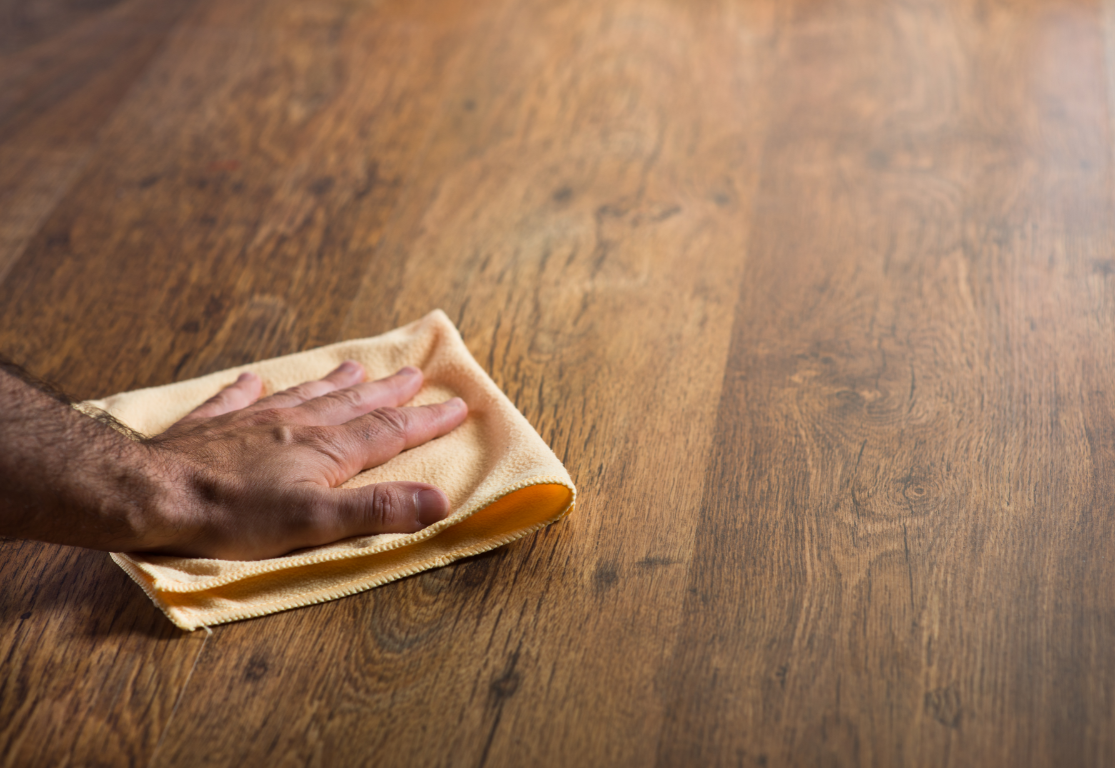
We all love hardwood floors because they are beautiful, durable, and they add to the resale value of your home. But hardwood floors require upkeep and knowledge of best practices.
With time and use, hardwood floors sustain wear and tear, and this dulls the original shine. Royal Floor Refinishing can bring back that original shine with a refinishing service, but let’s take a look at the reasons why hardwood floors look dull to begin with.
1. Sun Exposure
We all know that the sun’s UV rays damage our skin, but I’d bet you didn’t know that they damage wood floors too. Over time, direct sun exposure to hardwood flooring leads to discolored floors, lightened (or bleached) floors, and even warping. You can prevent or reduce the impact of sun exposure on your floors by:
- Closing curtains, blinds, and drapes
- Placing area rugs in locations with significant sun exposure
- Planting trees or shrubs in front of windows to reduce direct sunlight
- Installing tinted windows that are UV resistant
2. Scratches & Dents
Scratches and dents on your hardwood floors eat away at your floor’s finish and result in dull and damaged floors. Scratches are caused by many reasons, but a few of the main offenders are high heels, pet nails, and furniture moving.
High heels are a common reason for scratches on your floors. You might not think that high heels could do much harm to durable wood floors, but that is not the case. The fact is that when the weight of an adult is supported by only a narrow high heel tip (versus dispersed on flat feet) the pounds per square inch that are exerted onto the floor are magnified. For example, a woman weighing 120 pounds exerts about 4-5 PSI when on flat feet. When the same woman is standing in high heels, she exerts about 2,000 PSI.
But high heels are not the only offenders, shoes in general worn inside cause scuff marks, and leave scratches and dents, and this causes bacteria and dirt to get trapped. We recommend having a shoe-free home, which will eliminate the damage to the floor and will reduce the dirt and bacteria that build up.
Pet nails also cause a real mess on hardwood floors. As much as we love our furry friends, their ever-growing nails tend to leave scratches behind. Then the problem is multiped when dirt gets trapped in the scratches. We recommend keeping your pets’ nails trimmed to keep scratches to a minimum.
We all move furniture around in our homes for different reasons, either to rearrange rooms, to accommodate new furniture, to change up the look and feel of our spaces, or to make room for guests. However, dragging furniture across floors does cause scratches and can rub off the finish on your hardwood floors. We recommend that you properly lift furniture instead of dragging it across the floor or placing felt pads on the furniture legs to help protect your beautiful floors.
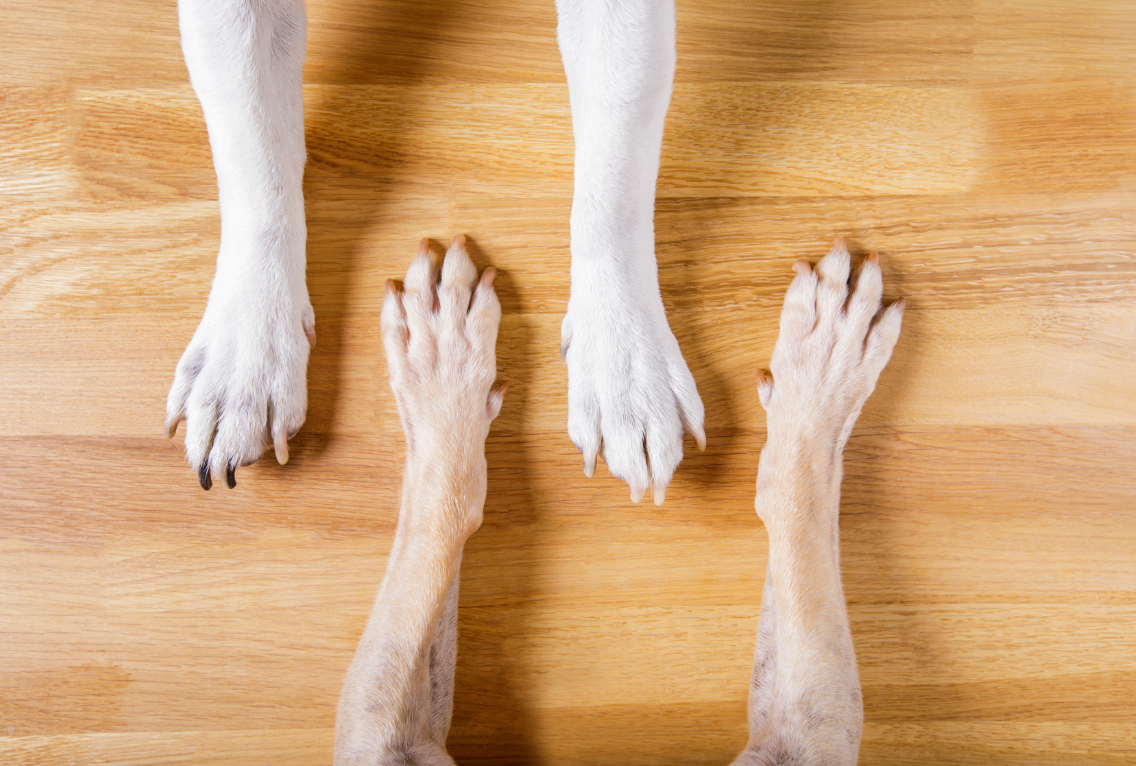
3. Pet Urine
No one likes pet accidents inside the home, but they are often just a part of life with our furry friends. Pet urine contains uric acid and ammonia, both of which eat away at your floor finish very quickly. We recommend cleaning up pet urine immediately (of course!),
and if you have a darling puppy that you are training, lay down water-resistant puppy pads to reduce urine on the floors.
4. Using The Wrong Cleaning Products
Many homeowners use whatever “wood-safe” product they find on the shelves to clean their floors. But unfortunately, not all products are safe for all wood floors. Some products claim to make your floors shine, but they contain wax and oils that end up leaving layers of residue, making your floors look dull and dingy. Then, with repeated use, you have layers of cloudy build-up on your floors. Look for solutions that do not coat the wood, but instead absorb into and nourish the wood. Stay away from harsh chemical solutions that include vinegar, ammonia, or other alkaline solutions that can strip the finish. Stay away from polishes that leave residue build-up and stay away from oil soaps or waxes that can leave cloudy residue.
5. Using Too Much Water
It is common for well-meaning homeowners to bring out a bucket of soapy water and a mop to clean their hardwood floors. Excess amounts of water will rot your wood floors and can result in stains. Plus, when the mop picks up dirt on the floor, the dirt will just mix with the water, and then you will be redistributing dirty water across your floors, leaving them potentially dirtier than when you found them. Instead, sweep or vacuum your floors first, then use a slightly damp (not sopping wet) mop to finish the cleaning. In the case of your wood floors, the less water the better.
6. Floors Need To Be Refinished
Even with the best of care of maintenance, no finish on hardwood floors lasts forever. Once there is significant wear and tear on your floors, and your cleaning efforts are not bringing back the shine and beauty of your floors, it is time to consider refinishing them. Royal Floor Refinishing can refinish your hardwood floors numerous times during the lifespan of the wood. Even engineered wood that has a thing later of wood veneer as the top layer can be refinished before needing to be replaced. Give us a call today.
You might also like
Blog
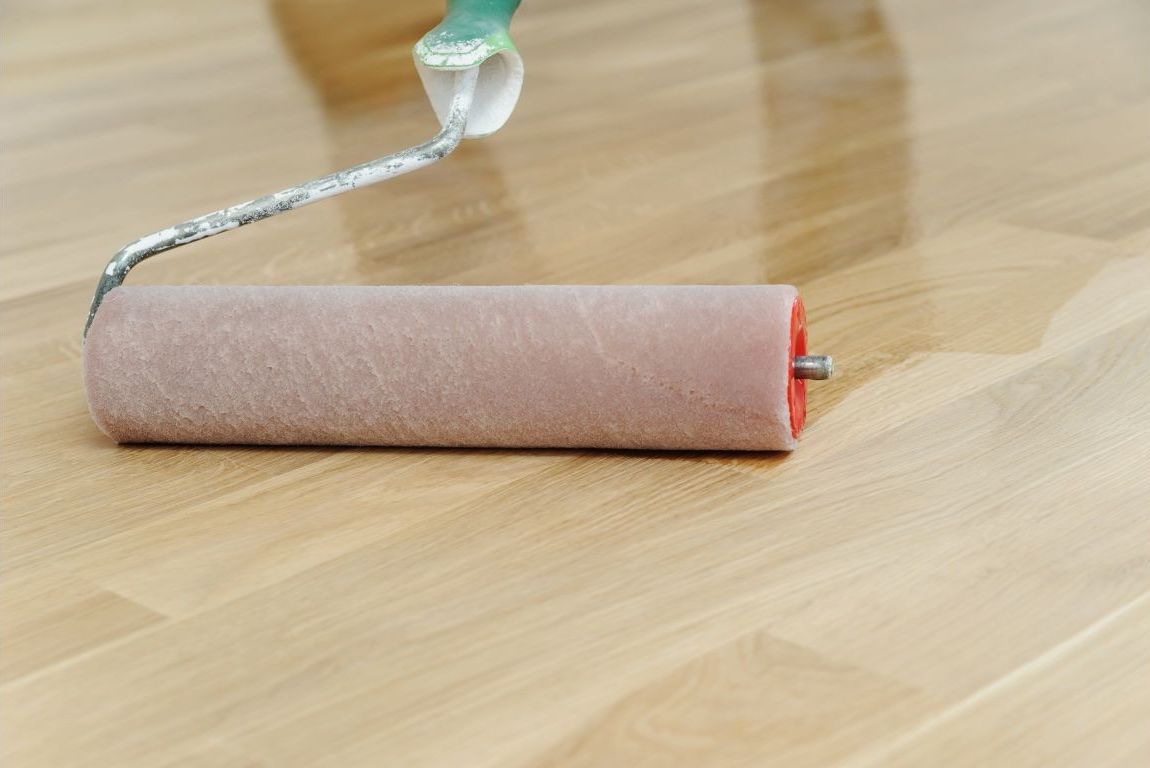
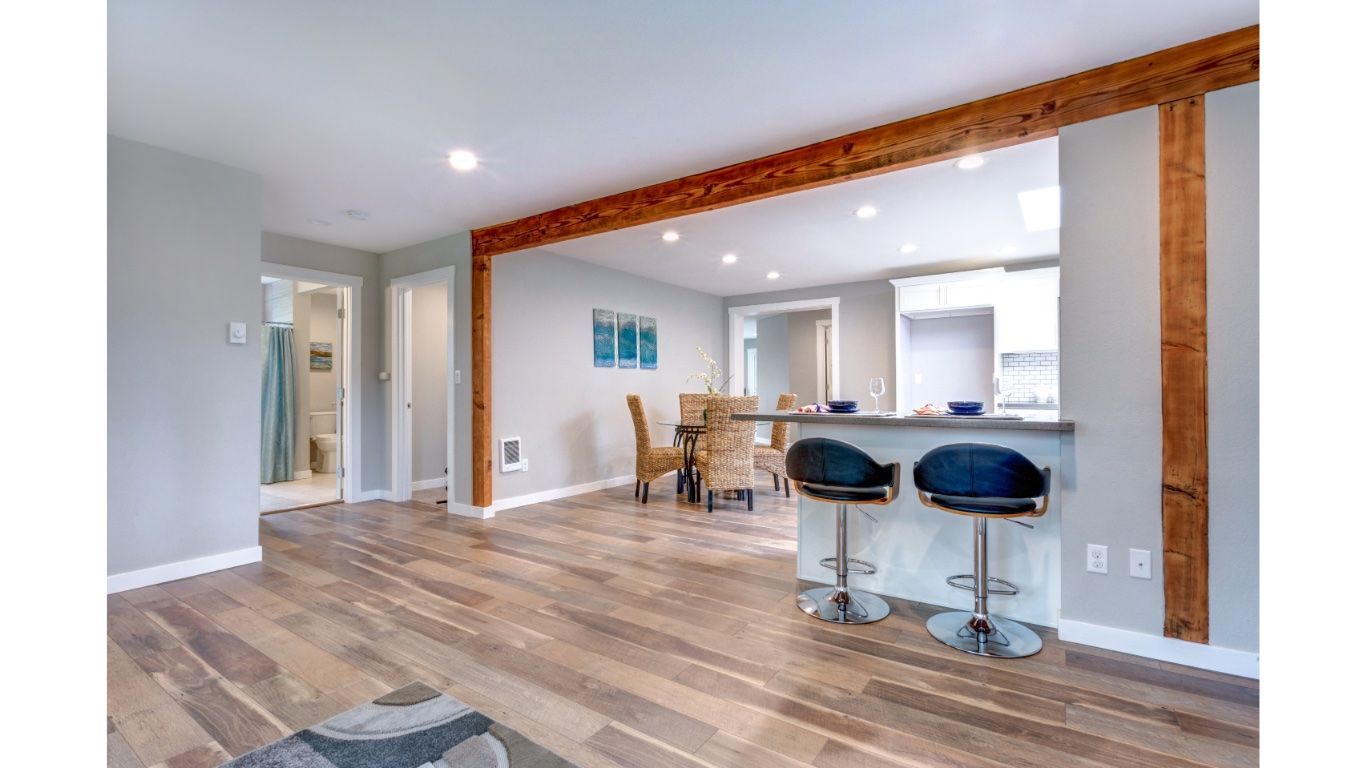
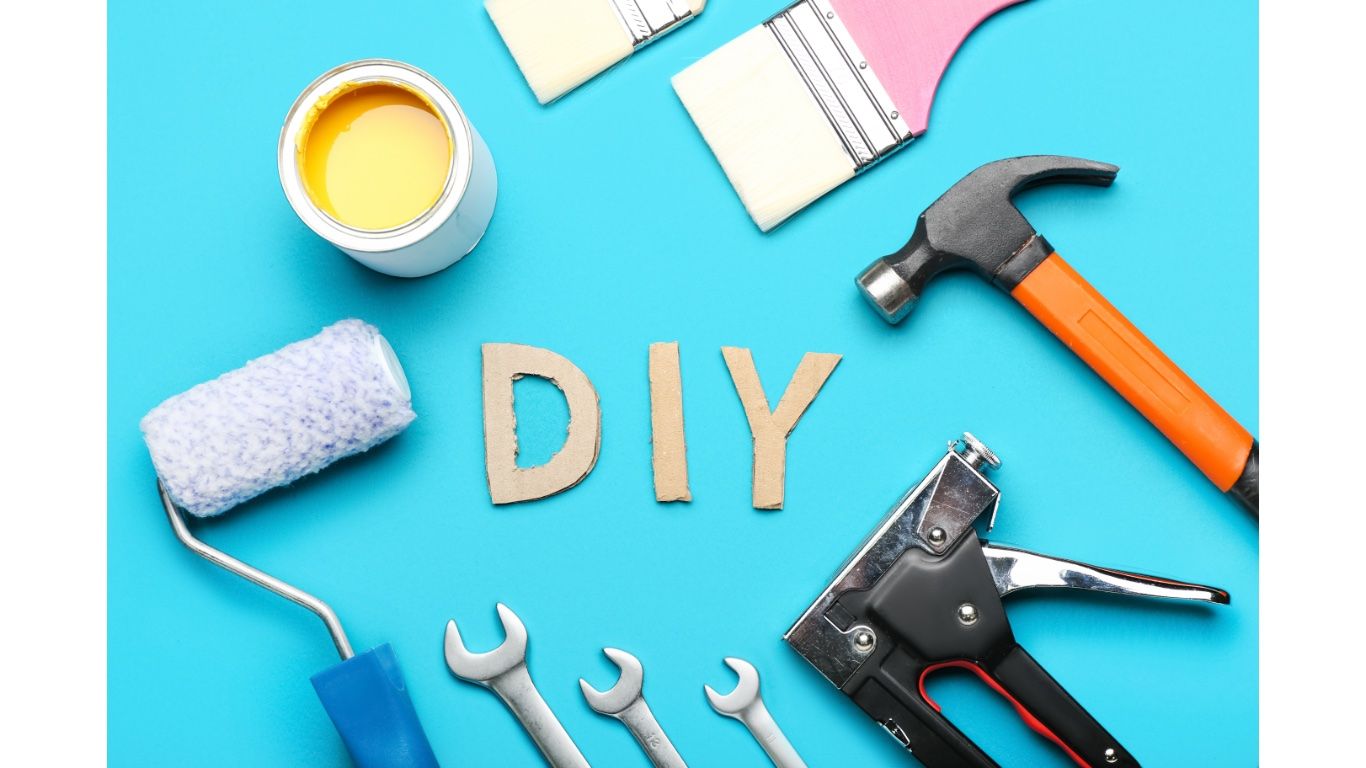
Request a Quote
Royal Floor Refinishing Leads
We will get back to you as soon as possible.
Please try again later.
All Rights Reserved | Royal Floor Refinishing | Powered by Snapps

